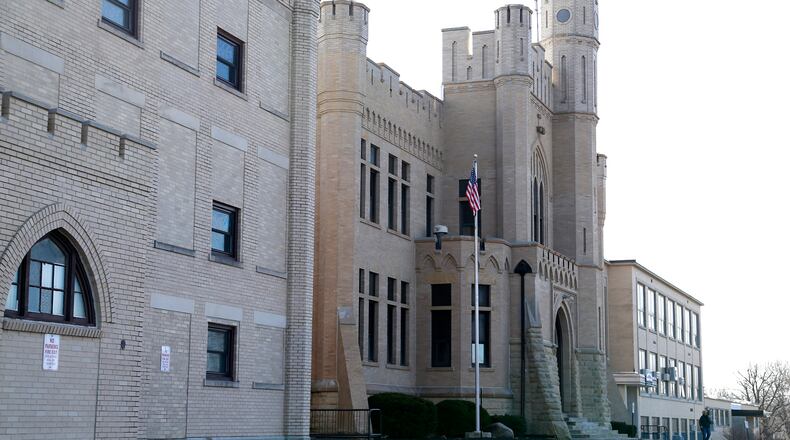“Right now we are just voting to send (the levy information) to the auditor’s to get the dollar amounts and information,” said Urbana City School’s Superintendent Charles Thiel.
LOCAL: Police seeking four women in $2,400 makeup theft from Springfield drugstore
The three levy options include a continuing renewal levy, a five-year renewal levy and a five-year replacement levy.
Under the first option, the district would ask residents to remove the time element from the levy, allowing the levy to automatically renew and not have to go onto the ballot ever again.
“Since I became superintendent 10 years ago, we have had to go back to the ballot every five or so years and ask for a renewal that has been approved six, seven, eight times,” Thiel said. “Voters realize we can’t operate without the money, so let’s be done with renewing it.”
Thiel said this would mean the district would continue to receive the same amount of funding from residents every year.
“It also leaves the possibility that we could go back to residents and lower the mill,” Thiel said. “Which would be wonderful, although it rarely happens.”
The second option, the five-year renewal levy, would mean voters would continue to be asked to approve a 5.9 mil, five-year operational levy that was first passed in 2000. The levy was last approved in 2015 by 58 percent of the voters, according to the Champaign County Board of Elections.
“All the renewals in the district have been very positive,” Thiel said.
The third option, the replacement levy, serves the same purpose as the renewal levy but instead of renewing the levy at the same millage rate, the millage rate would be raised.
LOCAL: 'Legacy Place' project in Urbana receives almost $1M in funding from state tax credit
Karen Bailey, the Champaign County Auditor, said after certifying the revenue for the district she was able to come up with how much money each of the options would generate.
Under the renewal levy option, the school would generate $1.26 million, Bailey said, and the second replacement levy would generate about $1.67 million.
The district will have three regularly scheduled election opportunities to place a levy on the ballot before the district’s levy’s end in 2020, Thiel said.
“That’s why the question is coming up now,” Thiel said. “We can decide ‘we don’t really know and we want to wait.’”
The board will consider their next steps at their next meeting, scheduled for August 20.
About the Author
